The Transition to Mirrorless - Nikon Z6 II
After nearly nine years, I bought a new camera body and ventured into the world of mirrorless photography. Oh, wait, the second part of that statement is not accurate. I do own an old mirrorless Olympus OMD camera - also purchased nine year ago, but it didn't "take", ie, it sits, very un-used in a camera bag and serves as a stinging reminder for me to be more mindful of my purchases. [So maybe that misguided purchase resulted in this nine year wait and reluctance to switch over to mirrorless.]
My Nikon D600 still performs beautifully, shows no apparent issues with its mechanical elements with over 28,000 shutter actuations. The D600 gives me all the results I want - great action shots, great low light capability, great portrait photos and the list goes on. I resisted the pull of the new mirrorless cameras due to the EVF (Electronic View Finder) and slow performance based on my experience with the Oly.
So why convert now? Technology has caught up, especially on the EVF - [a baseline requirement]. I learned that my current lenses could be used on Nikon's latest mirrorless cameras - [important as I have invested in good glass]. The final deciding factor for me is the smaller, lighter camera form factor. I've grown weary of lugging around a heavy, bulky camera bag when my pocketable iPhone can render 70-80% similar images to my D600. But I still need performance of an interchangeable lens camera and the mirrorless fits that need.
So I purchased a Nikon Z6 II along with the FTZ lens converter which allows me to utilize my existing F-mount lenses on the camera with full functionality.
With my 24-70mm lens mounted via the FTZ converter:
Plusses:
- The EVF performance is amazing - I don't miss my view finder at all
- Focus points - I can now set focus point anywhere in the photo area. The D600's focus points are clustered in 30% of the center of the photo area and I always felt that handicapped the composition or slowed me down with focus / recomposing action.
- The form factor and controls - the smaller body is suited for my small hands. Which makes me think it might feel cramped for someone with normal / large hands.
- The controls feel intuitive and I'm well versed in Nikon camera settings so there hasn't been too steep of a learning curve.
- Auto focus - it is amazing and includes tech upgrades like subject eye detect for people and animals.
Here's a photo of a droopy Louie the Siamese cat as an example.
- In camera image stabilization coupled with auto focus
- What you see is what you get with respect to the EVF and exposure control. Want to underexpose? The EVF renders that under exposure. I moved to Manual control and immediately saw the exposure settings were way off in the EVF.
- The only substantial con I've run into is battery life. Of course the EVF will drain the battery faster than a standard DSLR.
- The live view screen on the back is hard for me to use due to ambient light conditions, but honestly, I'm going to use the EVF 95% of the time anyways.
Yes, I still plan to use the D600, so maybe I will turn into one of those photographers who tote around two cameras at a time to avoid the hassle of switching lenses. Of course that counters my desire to lighten up my camera kit. Maybe just for those portrait sessions!
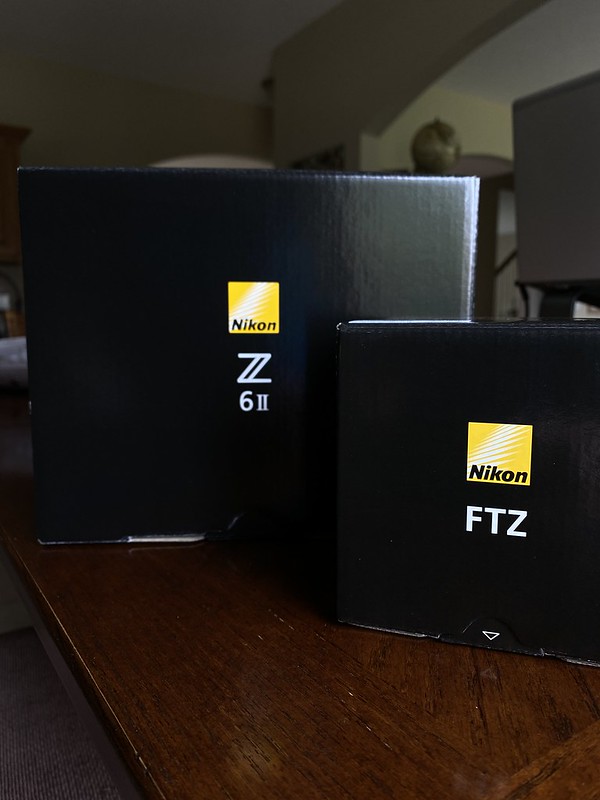

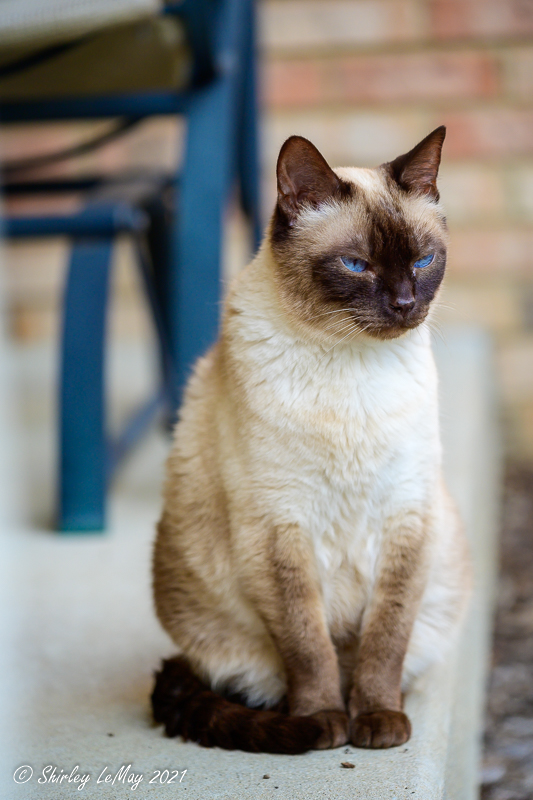
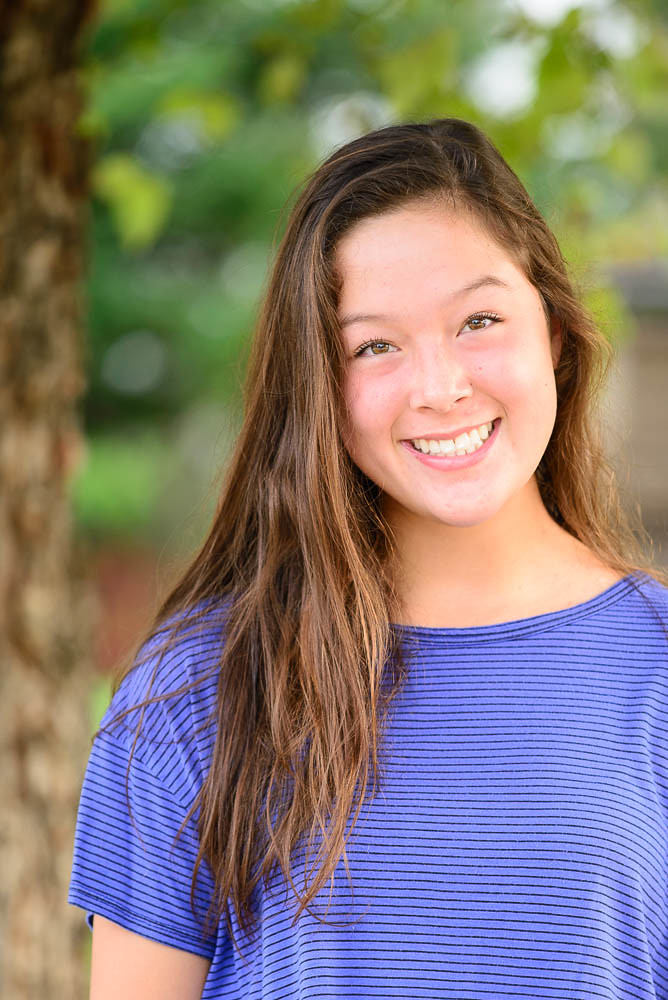
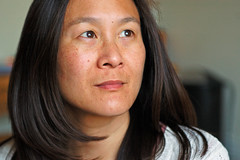




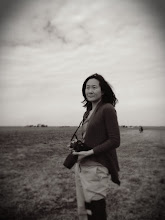

It sounds like you're enjoying the new camera. Last year I switched from my very heavy and more-than-acceptable Nikon SLR to a darling little Fuji and absolutely adore it. I was specifically wanting two things: a much lighter and more compact body but also I wanted all the main controls on the top of the camera (like film cameras) so that I didn't have to go into the menu all the time. Although I had to bite the bullet for a new brand, I can get an adapter to be able to use some of my expensive Nikon glass (which I still haven't done!). How wonderful that you've made this change and are really enjoying it.